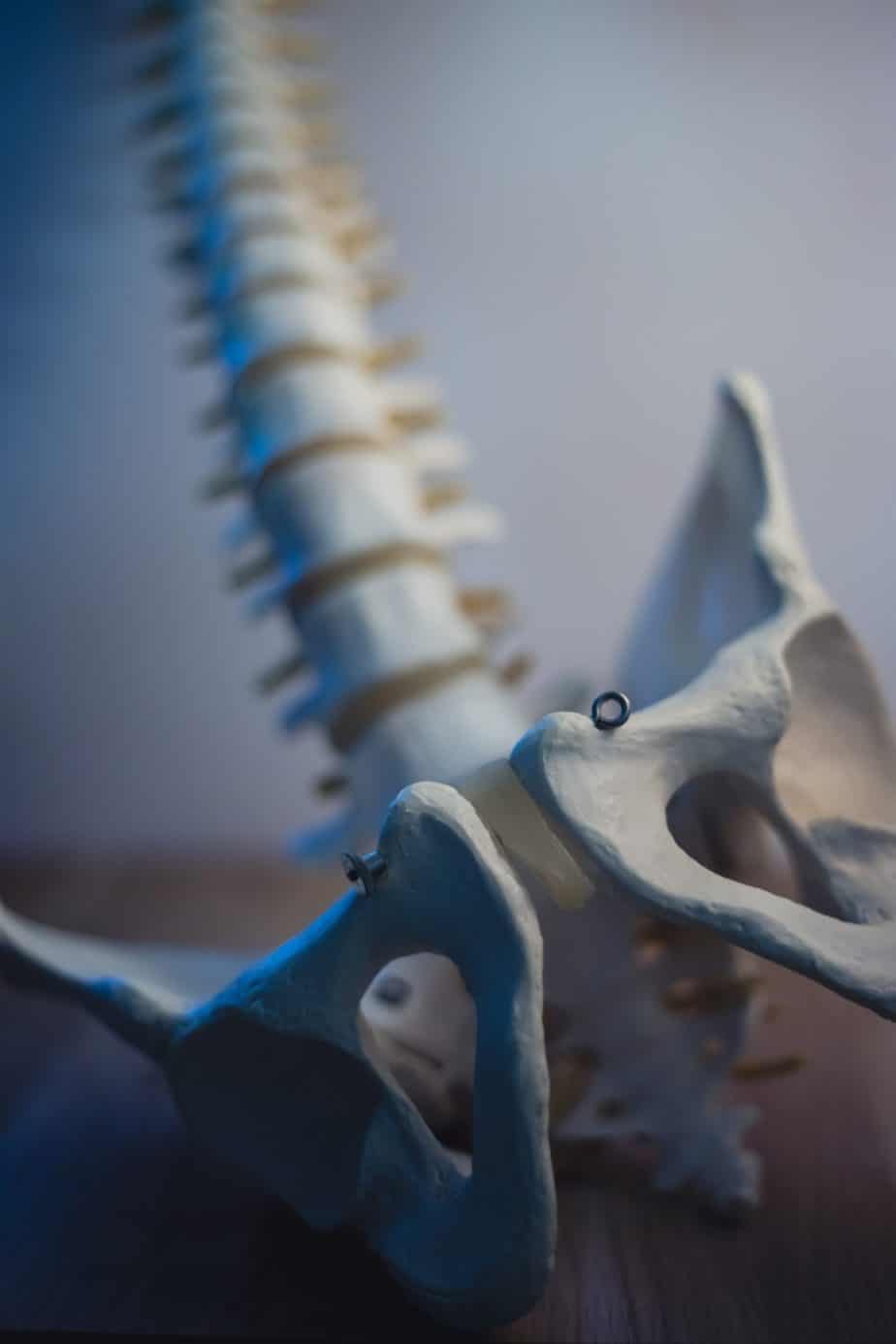Sciatica Demystified

What is Sciatica?
Sciatica is a common condition that affects many individuals, causing discomfort and pain along the sciatic nerve. The sciatic nerve is the longest nerve in the human body. It originates in the lower back and extends down through the buttocks, and branches into each leg.
When the sciatic nerve is irritated or compressed, it can cause a range of symptoms, including:
- sharp shooting pain
- tingling sensations
- numbness
- weakness in the lower back, buttocks, and legs
Risk Factors for Sciatica
Several factors may increase the likelihood of developing sciatica.
The most common risk factors include:
- Herniated Disc: A herniated or slipped disc in the lumbar spine can put pressure on the sciatic nerve, resulting in sciatica symptoms.
- Age: As we age, the risk of developing sciatica increases due to natural wear and tear on the spine and discs.
- Sedentary Lifestyle: Prolonged periods of inactivity and a lack of regular exercise can weaken the muscles supporting the spine, making individuals more susceptible to sciatica.
- Obesity: Excess body weight places additional stress on the spine, contributing to sciatic nerve compression.
- Occupations with Heavy Lifting: Jobs that involve frequent heavy lifting or prolonged sitting can strain the back and lead to sciatica.
Treatment Options for Sciatica
Physical therapy plays a crucial role in managing and alleviating sciatica symptoms. Here are some effective treatment options:
- Therapeutic Exercises: Specific exercises designed to strengthen the core and lower back muscles can improve spinal support and reduce pressure on the sciatic nerve.
- Manual Therapy: Hands-on techniques, such as massage and joint mobilization, can help ease muscle tension and promote proper alignment in the spine.
- Postural Education: Learning proper body mechanics and maintaining good posture during daily activities can reduce stress on the spine and prevent sciatica flare-ups.
- Lifestyle Modifications: Encouraging the adoption of a healthier lifestyle that includes regular exercise, weight management, and avoiding prolonged sitting or heavy lifting can help prevent future sciatica episodes.
Sciatica can be a challenging and painful condition, but with the right approach to treatment, individuals can find relief and improve their quality of life. Body Harmony Physical Therapy provides one on one treatment with trained professionals to assess and manage sciatica symptoms.
If you or someone you know is experiencing sciatica, don’t hesitate to seek the guidance of a qualified physical therapist to begin the journey towards a pain-free life.
References:
Davis D, Maini K, Vasudevan A. Sciatica. [Updated 2022 May 6]. In: StatPearls [Internet]. Treasure Island (FL): StatPearls Publishing; 2023 Jan-. https://www.ncbi.nlm.nih.gov/books/NBK507908/







